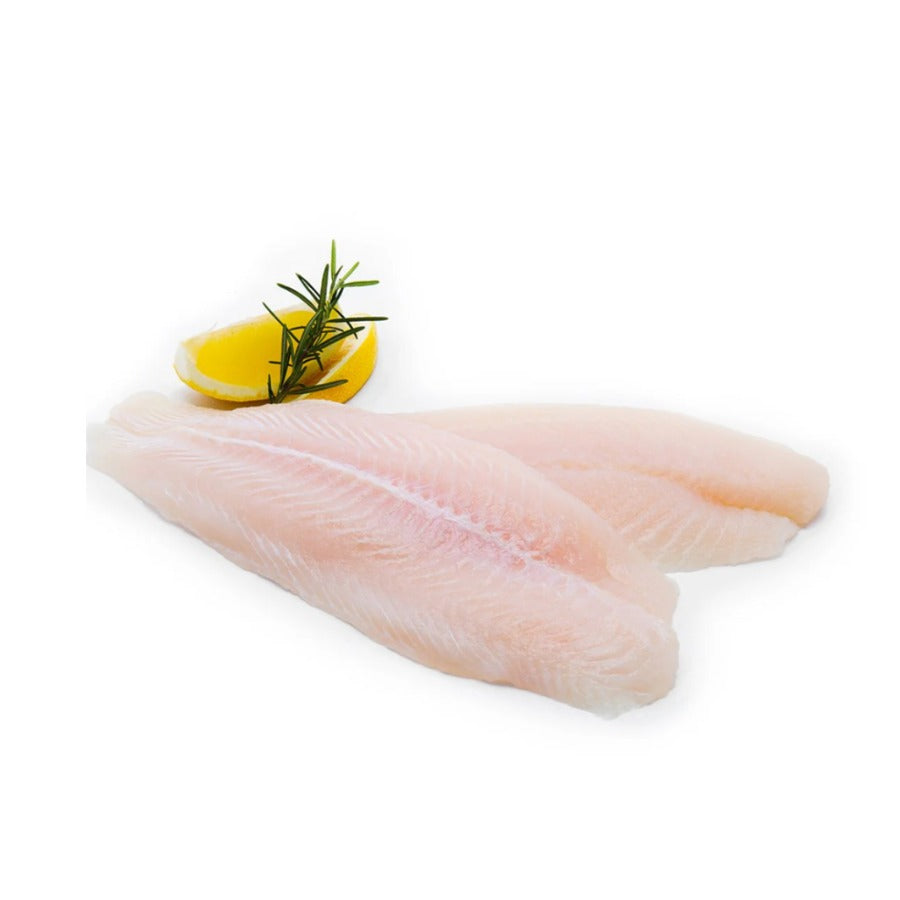Seafood & Mental Health: How Omega-3 Supports Mood in Autumn
As the air turns crisp and the days grow shorter, many people notice a dip in their energy and mood. Seasonal changes can trigger Seasonal Affective Disorder (SAD), a form of depression that often strikes in the fall and winter when sunlight is scarce. SAD can cause fatigue, social withdrawal and carbohydrate cravings. These mood changes aren’t just “in your head”—they’re linked to fluctuations in brain chemicals like serotonin and melatonin, which are influenced by light exposure. But there’s good news: the ocean offers a natural ally. Seafood rich in Omega-3 fatty acids can help stabilize mood and support mental health. In this article, we explore why Omega-3s matter, how they combat autumn blues and which Seafood Factory products make delicious additions to your meal plan.
Understanding Seasonal Mood Changes
Before diving into nutrition, it helps to understand why our moods shift with the seasons. SAD generally appears in the fall and improves in the spring. Shorter days mean less sunlight, which reduces the brain’s production of serotonin—the “feel-good” chemical—and disrupts melatonin levels that regulate sleep. Women aged 20–40 are twice as likely to be diagnosed with SAD, but men can experience it too. Traditional treatments include light therapy and medication, yet diet and lifestyle changes can make a remarkable difference.
The Role of Omega-3 Fatty Acids in Mental Health
Omega-3 fatty acids are essential fats that the body cannot produce on its own. They come primarily as eicosapentaenoic acid (EPA) and docosahexaenoic acid (DHA). EPA is celebrated for its anti-inflammatory properties and its ability to ease depressive symptoms. DHA, meanwhile, is crucial for maintaining neuronal membranes and cognitive function. Because depression appears less common in nations where people eat plenty of fish, researchers have studied fish oil and found that EPA and DHA have significant potential to benefit mood disorders. Omega-3s can easily travel through brain cell membranes and interact with mood-related molecules; they also have anti-inflammatory actions that may relieve depression.
How Omega-3s Counteract Autumn Blues
- Supports serotonin and dopamine production. Individuals who consume more Omega-3 fatty acids are less likely to suffer from depression. EPA in particular helps stabilize serotonin and dopamine—neurotransmitters that regulate mood, motivation and feelings of well-being.
- Reduces inflammation in the brain. EPA’s anti-inflammatory effects lower chronic inflammation linked to depression. By calming inflammation, Omega-3s help maintain healthy brain function and improve mood.
- Improves cell membrane fluidity. Long-chain polyunsaturated fatty acids found in cold-water fish modify neuronal cell membrane fluidity, which influences neurotransmitter function and mood.
- Boosts gut–brain health. Omega-3s foster a healthy balance of gut bacteria and strengthen the gut lining, supporting the gut–brain axis and promoting serotonin production.
- Lowers risk of depression. Higher consumption of Omega-3 from fish is associated with a reduced risk of depression. EPA supplementation has been found effective in reducing depressive symptoms.
Top Seafood Sources of Mood-Boosting Omega-3s
Fatty fish and certain shellfish are the most potent dietary sources of EPA and DHA. Here are some of the best options to include in your autumn meal plan:
Salmon. Known for its rich marbling and mild, tender texture, salmon is packed with Omega-3s and lean protein. The raw salmon collection features Norwegian salmon that is freshly frozen and vacuum-sealed to lock in flavor. The salmon fillet portion is perfectly portioned and center-cut, rich in Omega-3s and ideal for grilling, baking or pan-searing.
Mackerel and sardines. These oily fish are high in EPA and DHA and make excellent quick meals. They’re also featured in the smoked fish collection, which offers expertly smoked salmon, herring and mackerel for a gourmet flavor.
Tuna and other sea fruits. Tuna steaks and other seafood like mussels, scallops and calamari provide a healthy dose of Omega-3s and vitamin D. Explore the sea fruits collection for tuna steak, calamari rings and mussels—perfect for paellas, pasta dishes and grilling.
Wild-caught fish. Fish caught in the wild often contain higher levels of Omega-3s due to their natural diets. The wild-caught fish collection offers a variety of species, including seabass and grey mullet, sourced from pristine waters and frozen at peak freshness.
Shrimps. While lower in Omega-3 than fatty fish, shrimp still provide a meaningful boost and are quick to cook. Enjoy restaurant-quality shrimp from the shrimp collection, where you’ll find jumbo and peeled options perfect for pastas, curries or skewers.
Boneless fish fillets. For convenience without sacrificing nutrition, try the fish fillet selection. These boneless, skinless fillets are cleaned and portioned for quick meals while still delivering lean protein and Omega-3s.
Mood-Boosting Meal Ideas for Autumn
- Roasted Salmon with Autumn Vegetables. Bake a salmon fillet portion alongside roasted root vegetables like sweet potatoes, carrots and parsnips. Drizzle with olive oil and herbs for a heart-warming dinner.
- Smoked Salmon Breakfast. Serve Norwegian smoked salmon slices on whole-grain toast with avocado and a squeeze of lemon for a balanced breakfast that supports serotonin production.
- Mackerel & Kale Salad. Flake smoked mackerel over a kale and quinoa salad. Add walnuts (another Omega-3 source) and a citrus dressing for added brightness.
- Tuna & Bean Stew. Use tuna steak in a hearty stew with white beans, tomatoes and rosemary. It’s an easy way to get Omega-3s and fiber-rich beans.
- Paella with Mussels and Calamari. Build a cozy paella using sea fruits like mussels and calamari, saffron rice and seasonal vegetables. This one-pan dish is perfect for chilly evenings.
More Lifestyle Tips for Mental Wellness in Autumn
- Get moving. Exercise releases feel-good chemicals like serotonin and endorphins. Just 20 minutes of brisk walking or yoga can improve mood for up to 12 hours.
- Seek natural light. Spend time outdoors or sit near bright windows. Light exposure helps reset your internal clock and boosts serotonin.
- Eat a balanced diet. Focus on complex carbohydrates (whole grains, beans, vegetables) and avoid refined sugars that cause mood swings. Increase your intake of vitamin D and Omega-3-rich foods like salmon, mackerel and sardines.
- Socialize and build support. Spend time with friends and family or meet new people. Social connections boost energy and help combat feelings of isolation.
- Consider light therapy or supplements. Light therapy boxes can compensate for a lack of sunlight. Discuss Omega-3 supplements with your healthcare provider, especially if you’re not eating enough fatty fish.
Conclusion: Nourish Your Mind This Autumn
Seasonal mood changes are real, but they don’t have to dominate your fall and winter. Omega-3 fatty acids play a crucial role in brain health—reducing inflammation, supporting neurotransmitter production and lowering the risk of depression. By incorporating Omega-3-rich seafood into your diet, you can help stabilize mood and enjoy the season’s beauty. At Seafood Factory, we offer a wide range of products—from raw salmon and smoked delicacies to wild-caught seafood—all freshly frozen to preserve their nutrients. Take the first step towards a happier, healthier autumn by exploring our collections and bringing the ocean’s finest flavors to your table.
Ready to lift your mood naturally? Visit our homepage to discover the freshest seafood and enjoy home delivery. Your journey to better mental health starts with what’s on your plate!










